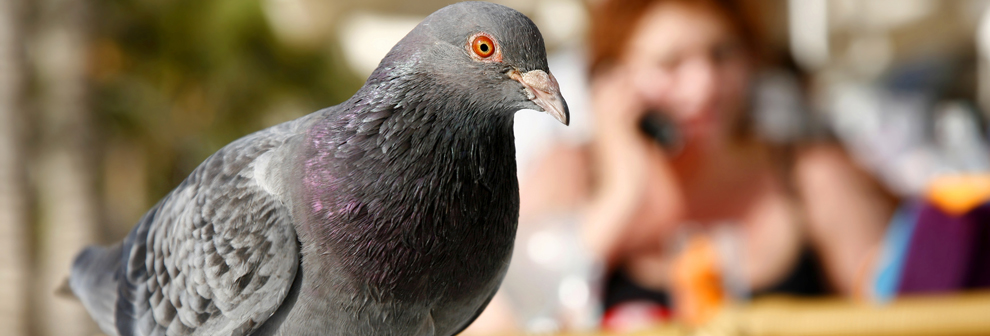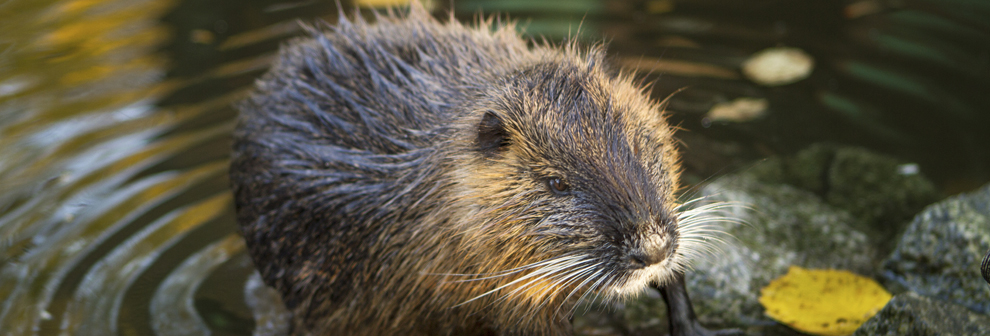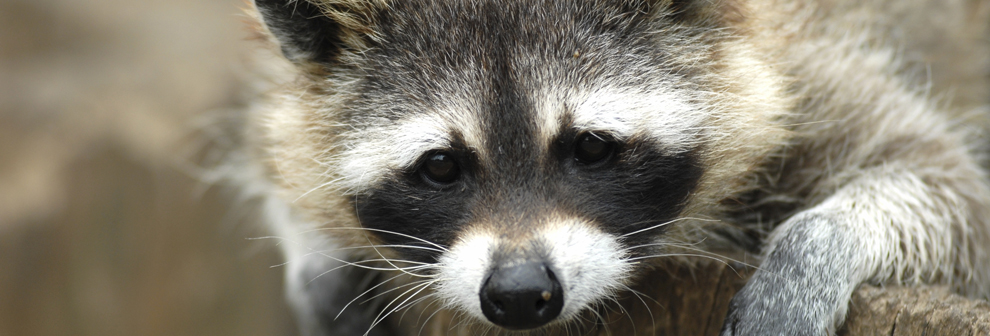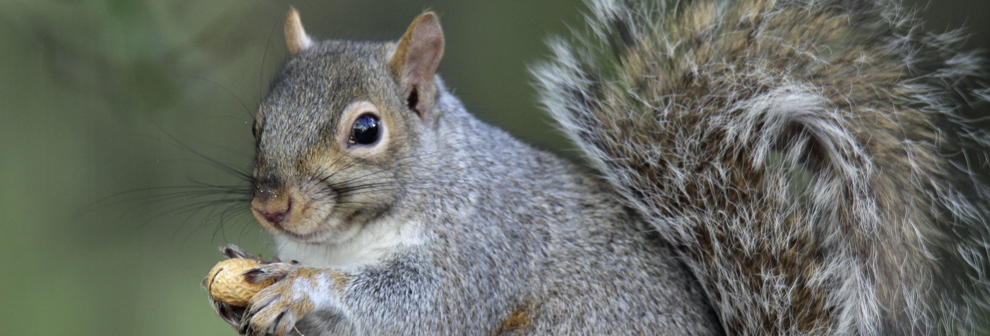Identification
Pigeons are usually gray, but can vary in color including reddish-brown, tan, spotted and white. They generally have two black bars on the wing, a broad black band on the tail and red feet. Their average weight is 14oz. and average length is 8″ to 10″. They primarily feed on grains but, don’t hesitate to eat food that humans provide such as bread, nuts, cakes, French fries etc.
Pigeons are non-migratory birds and therefore, not protected. They are flourishing in large cities throughout the world and especially in the greater Atlanta area. Pigeons are social birds and although they tend to breed and roost in groups, they are usually monogamous and pair for life. Under ideal conditions, pigeons may live 15 to 20 years, in an urban setting; they typically live no longer than three to four years.
How, When and Why They Become a Nuisance Pest
Since pigeons are flocking birds, they can become a problem to residents and commercial properties when searching for nesting and roosting sites. Their droppings can ruin buildings and automobiles. In addition, there are concerns about disease transmission from their droppings.
Damage They Cause
Pigeons carry more diseases that are harmful to humans than
rats, diseases such as: pigeon ornithosis, encephalitis, histoplasmosis
, cryptococcosis, toxoplasmosis
, and pigeon coccidiosis. Pigeons also carry parasites including fleas, ticks and mites. Their nesting materials can clog vents and drain pipes, and cause a potential fire hazard.
Removal, Control and Management
Pigeons seeking food and nesting, roosting or perching sites can usually be deterred without having to trap them. A common problem for Georgians is pigeons roosting or nesting on building ledges, rafters, roofs, eaves, etc. This can be prevented by blocking access to these areas. If their nesting and roosting needs cannot be met, the pigeons will be forced to move elsewhere.
As with other wild animals, live trapping and relocation is not an effective solution to pigeon problems. Pigeons’ homing instincts make trapping and relocation efforts almost pointless as they will return from great distances. The removal of individual birds without taking steps to eliminate access to roosting sites and food sources will just leave a vacancy for other pigeons to inhabit.
Learn more about our service in bird control.




